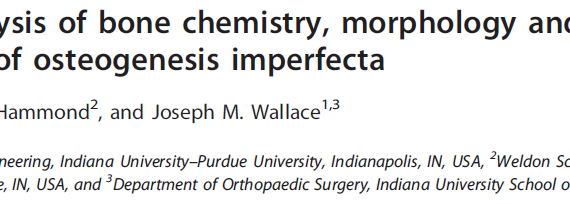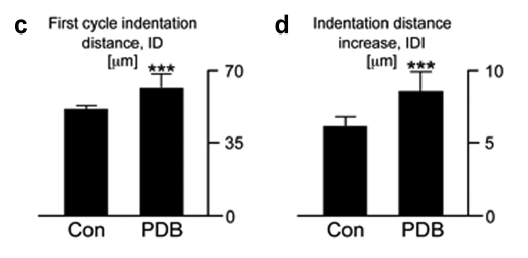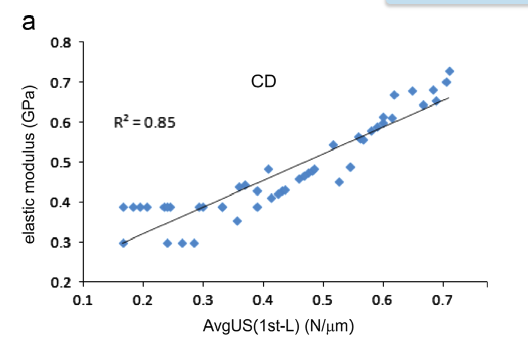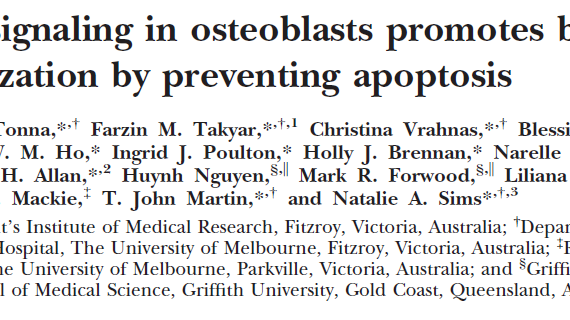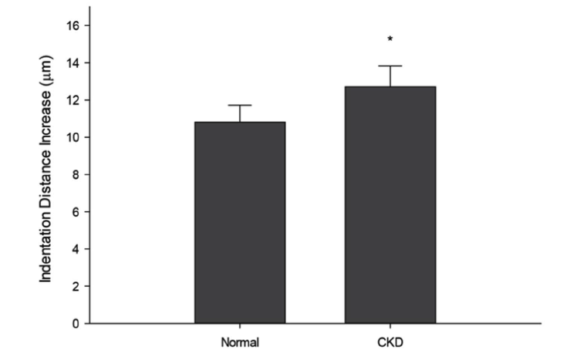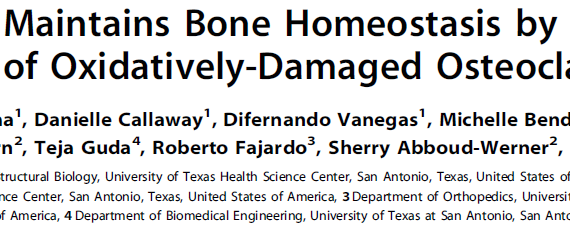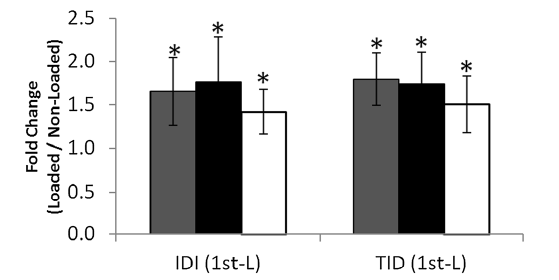Abstract Osteogenesis imperfecta is a congenital disease commonly characterized by brittle bones and caused by mutations in the genes encoding Type I collagen, the single most abundant protein produced by the body. The oim model has a natural collagen mutation, converting its heterotrimeric structure (two α1 and one α2 chains) […]
BioDent
Abstract Paget’s disease of bone (PDB) is the second most common bone disease mostly developing after 50 years of age at one or more localized skeletal sites; it is associated with severely high bone turnover, bone enlargement, bowing/deformity, cracking, and pain. Here, to specifically address the origins of the deteriorated […]
Abstract To improve bone strength prediction beyond limitations of assessment founded solely on the bone mineral component, we investigated the effect of hyperlipidemia, present in more than 40% of osteoporotic patients, on multiscale structure of murine bone. Our overarching purpose is to estimate bone strength accurately, to facilitate mitigating fracture […]
Abstract Cells that form bone (osteoblasts) express both ephrinB2 and EphB4, and previous work has shown that pharmacological inhibition of the ephrinB2/EphB4 interaction impairs osteoblast differentiation in vitro and in vivo. The purpose of this study was to determine the role of ephrinB2 signaling in the osteoblast lineage in the […]
Abstract Anti-resorptive and anabolic agents are often prescribed for the treatment of osteoporosis continuously or sequentially for many years. However their impact on cortical bone quality and bone strength is not clear. Methods Six-month old female rats were either sham operated or ovariectomized (OVX). OVX rats were left untreated for […]
Abstract Chronic kidney disease (CKD), which leads tocortical bone loss and increasedporosity,increases therisk of fracture. Animal models have confirmed that these changes compromise whole bone mechanical properties. Estimates from whole bone testing suggest that material properties are negatively affected, though tissue-level assessmentshavenot been conducted. Therefore, the goal of the present […]
Abstract Osteoporosis is a silent disease, characterized by a porous bone micro-structure that enhances risk for fractures and associated disabilities. Senile, or age-related osteoporosis (SO), affects both men and women, resulting in increased morbidity and mortality. However, cellular and molecular mechanisms underlying senile osteoporosis are not fully known. Recent studies […]
Comment on In vivo assessment of bone quality in postmenopausal women with type 2 diabetes. [J Bone Miner Res. 2014] https://www.ncbi.nlm.nih.gov/pubmed/24496824 J Bone Miner Res. 2014 Apr;29(4):784-6. doi: 10.1002/jbmr.2189.
Abstract Bisphosphonates (BPs) and denosumab reduce the risk of spine and nonspine fractures. Atypical femur fractures (AFFs) located in the subtrochanteric region and diaphysis of the femur have been reported in patients taking BPs and in patients on denosumab, but they also occur in patients with no exposure to these […]
Abstract Angiogenesis and osteogenesis are critically linked, although the role of angiogenesis is not well understood in osteogenic mechanical loading. In this study, either damaging or non-damaging cyclic axial compression was used to generate woven bone formation (WBF) or lamellar bone formation (LBF), respectively, at the mid-diaphysis of the adult […]

